Mutual Aid Is Not a Trend
It’s about solidarity, not charity, and a lot of people you know are doing it.
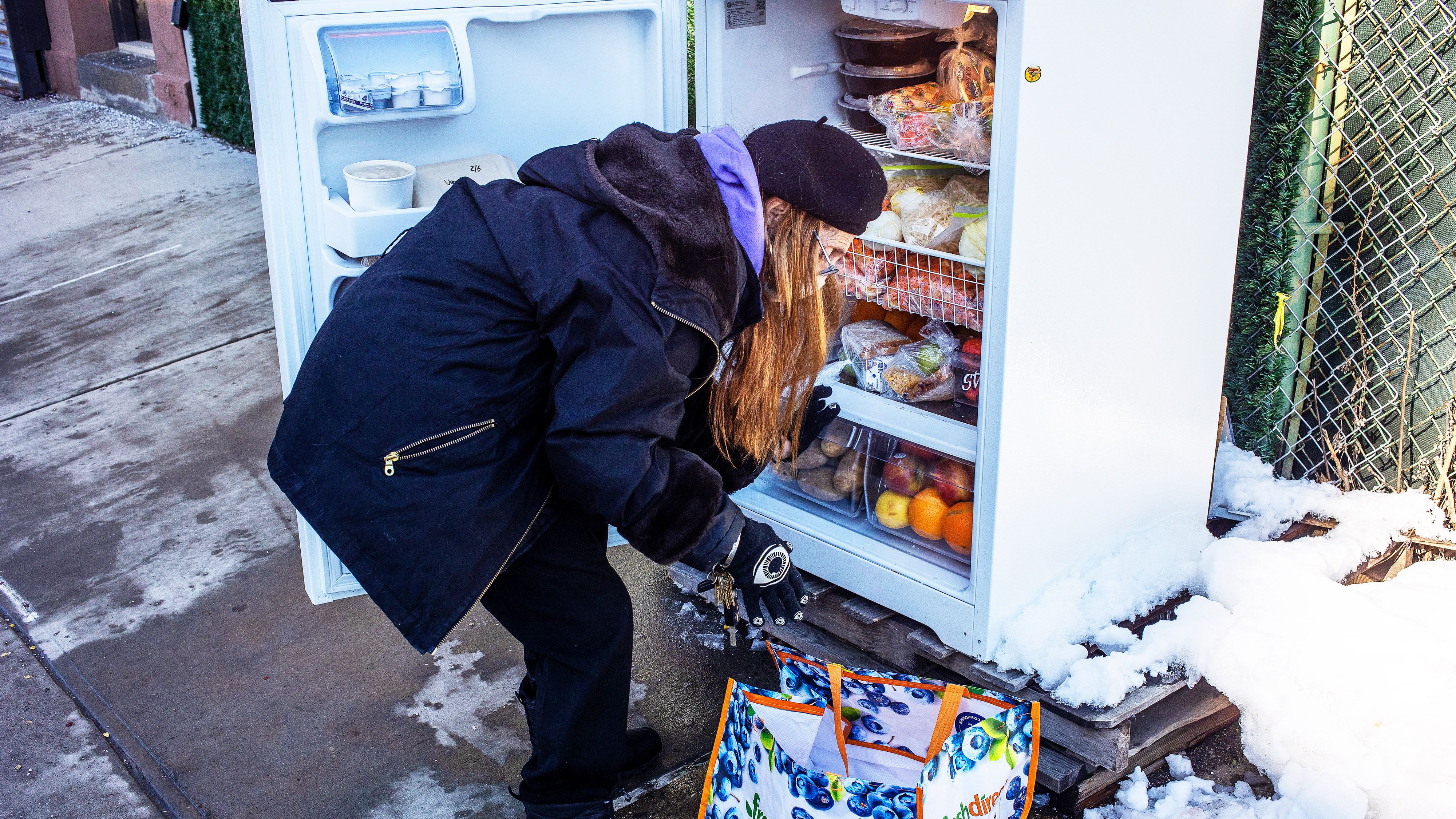
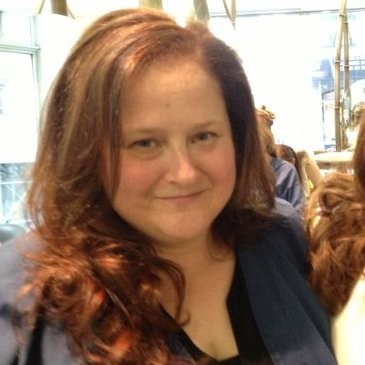
“Mutual aid has existed as long as people have been around,” says Mariame Kaba, an educator and organizer in New York City who, in March 2020, collaborated with U.S. representative Alexandria Ocasio-Cortez on a mutual-aid workshop and the release of a COVID-19 mutual-aid digital tool kit. But there’s a reason you’ve been seeing pictures of people filling a community refrigerator and videos of folks handing out clothing on the street accompanied by #mutualaid all over your social feeds lately. “We’re dealing with a disaster of massive proportions, [COVID-19], that most people have never lived through in their lifetime,” Kaba says. “When you are in this kind of a situation, you figure out ways to relate to other people that allow you to actually survive. That’s why people are paying attention to it; they have no choice.”
It’s important to be clear on what mutual aid really is (it can loosely be described as caring for others while working to improve our world)—and isn’t (charity). This is more than the giving or taking of goods or services; it’s a relationship that you’re building. “It’s called mutual aid, so it’s not just the [assistance] that matters,” says Kaba, “it’s the reciprocity of it—that you’re in a community with other people.” From that association, you build connections in a way that you don’t with a singular feel-good actions. (Not that there’s anything wrong with those…)
It’s to create a new society; it’s to create a new community.
“It’s not just ‘You do one thing for me, and then I never talk to you again,’” continues Kaba. “It’s to create a new society; it’s to create a new community.” The idea is that once people are interacting in this way, they see more and more ways to work together to help one another, leading to greater transformation.
The key to understanding it is a 1902 essay collection by Peter Kropotkin. In Mutual Aid: A Factor of Evolution, the Russian anarchist philosopher looked at mutually beneficial cooperation in human and animal societies, sort of the opposite of social Darwinism. For a deeper understanding of the modern version, try the primer Mutual Aid: Building Solidarity During This Crisis (and the Next), by Dean Spade (Verso, 2020). Spade outlines how the systems we currently have in place are not set up to meet people’s needs—as we’ve seen highlighted by last year’s major global disruption.
But it’s not only worth practicing during a pandemic. Mutual aid is for when wealth is concentrated in one layer of society, when the health-care system is flawed, and when people can work full-time but still be unable to pull their families out of poverty. In other words, mutual aid is timely—and timeless.
RELATED STORY
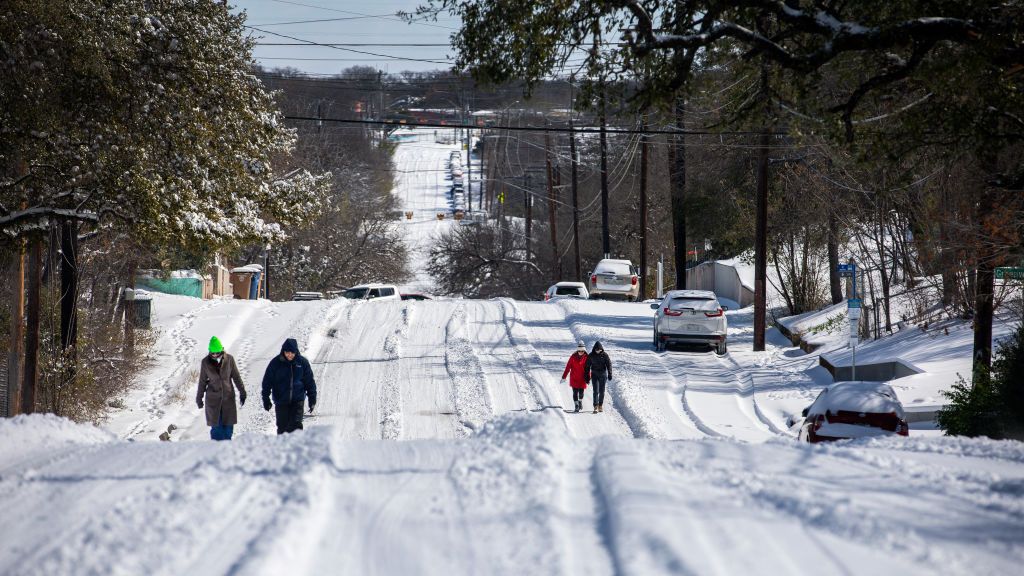
Stay In The Know
Get exclusive access to fashion and beauty trends, hot-off-the-press celebrity news, and more.
Maria Ricapito is a writer who lives in the Hudson Valley.
-
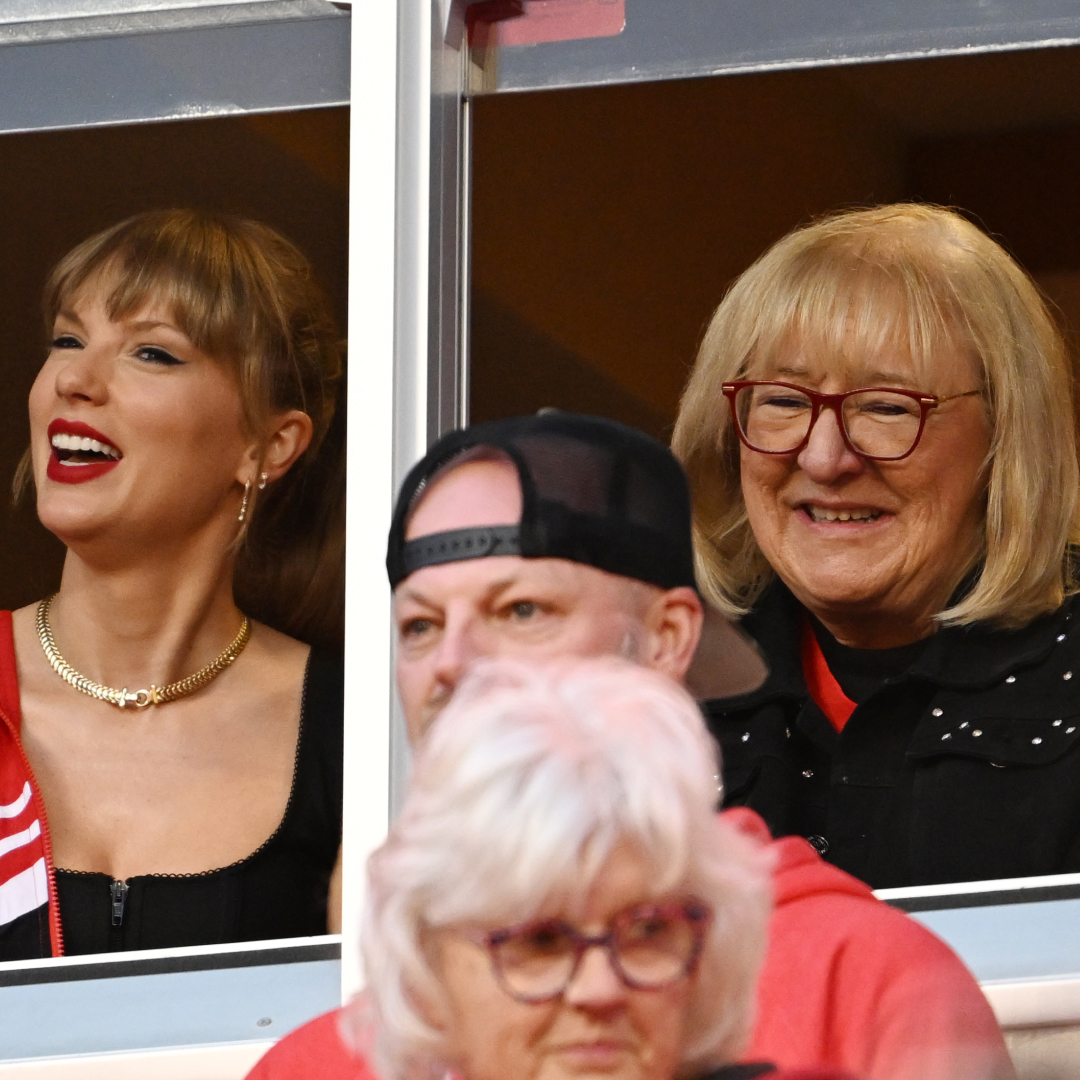 Travis Kelce's Mom Reportedly "Liked" a Comment About His Future as a Dad
Travis Kelce's Mom Reportedly "Liked" a Comment About His Future as a Dad...and then removed it.
By Lia Beck
-
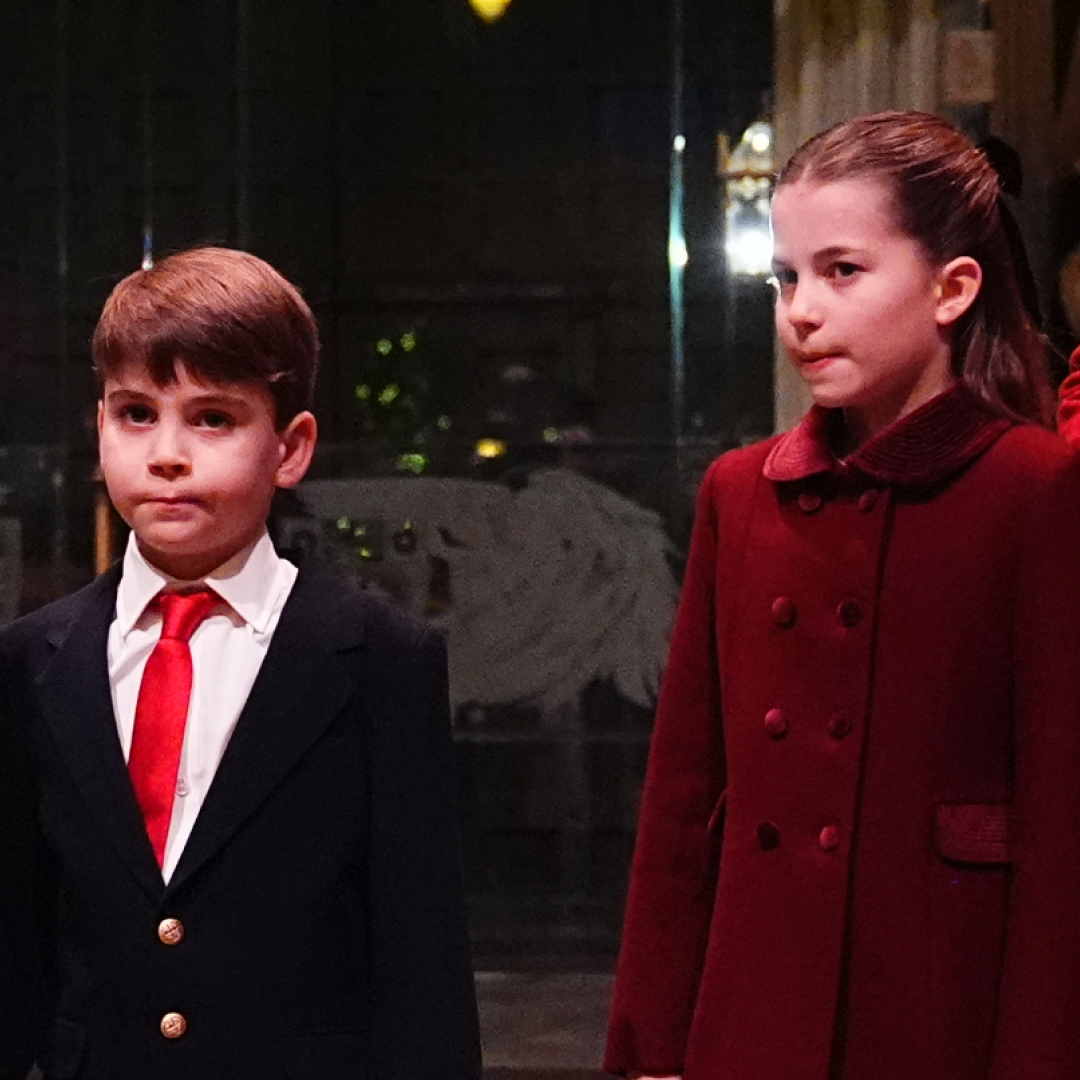 Prince Louis Will Soon Be Allowed a Special Privilege That Prince George and Princess Charlotte Already Have
Prince Louis Will Soon Be Allowed a Special Privilege That Prince George and Princess Charlotte Already HaveThe youngest Wales child will turn 7 on April 23.
By Kristin Contino
-
 $20 and 30 Minutes Is All You Need for a Vacation-Level Glow
$20 and 30 Minutes Is All You Need for a Vacation-Level GlowSelf-tanner secrets, according to a beauty director.
By Hannah Baxter
-
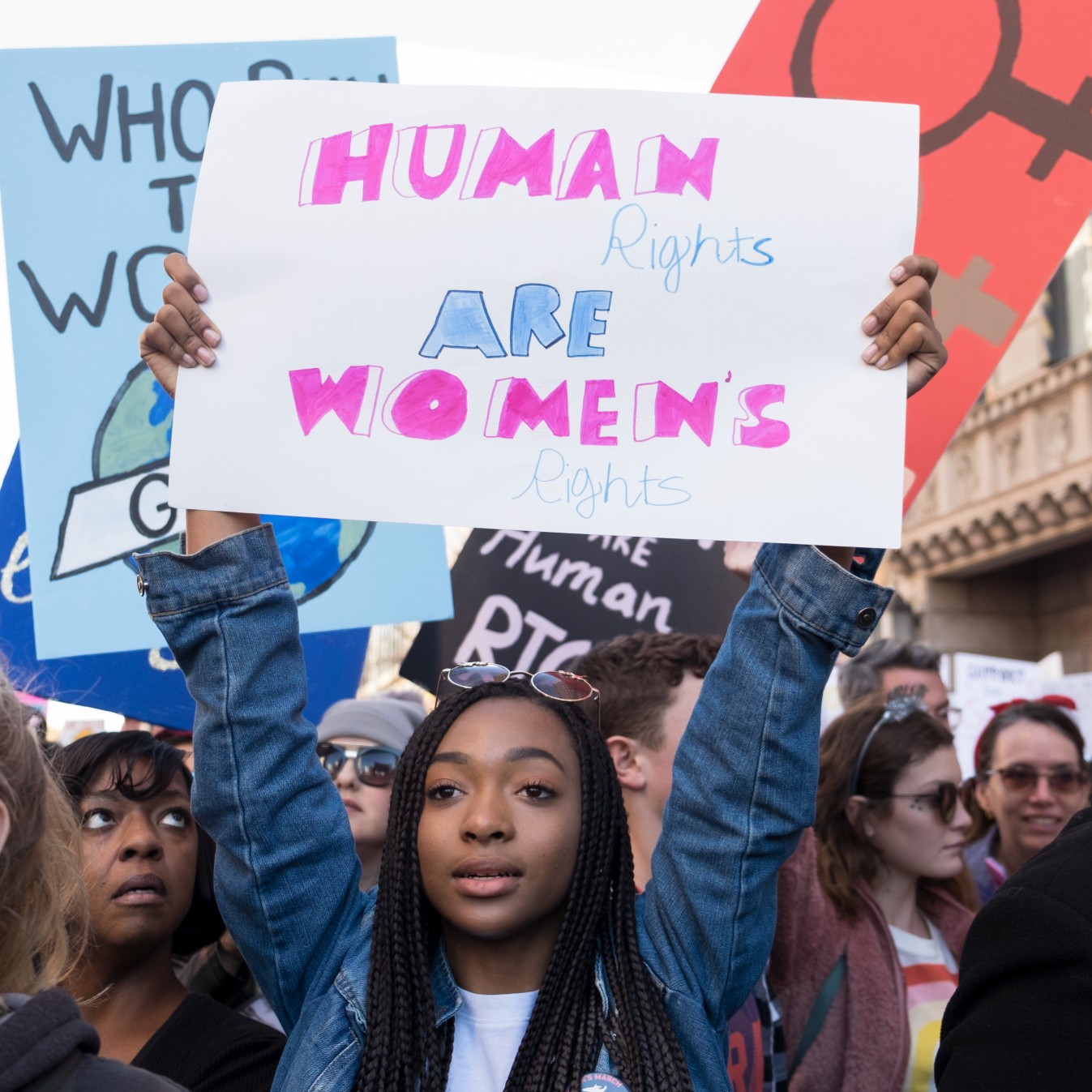 36 Ways Women Still Aren't Equal to Men
36 Ways Women Still Aren't Equal to MenFeatures It's just one of the many ways women still aren't equal to men.
By Brooke Knappenberger
-
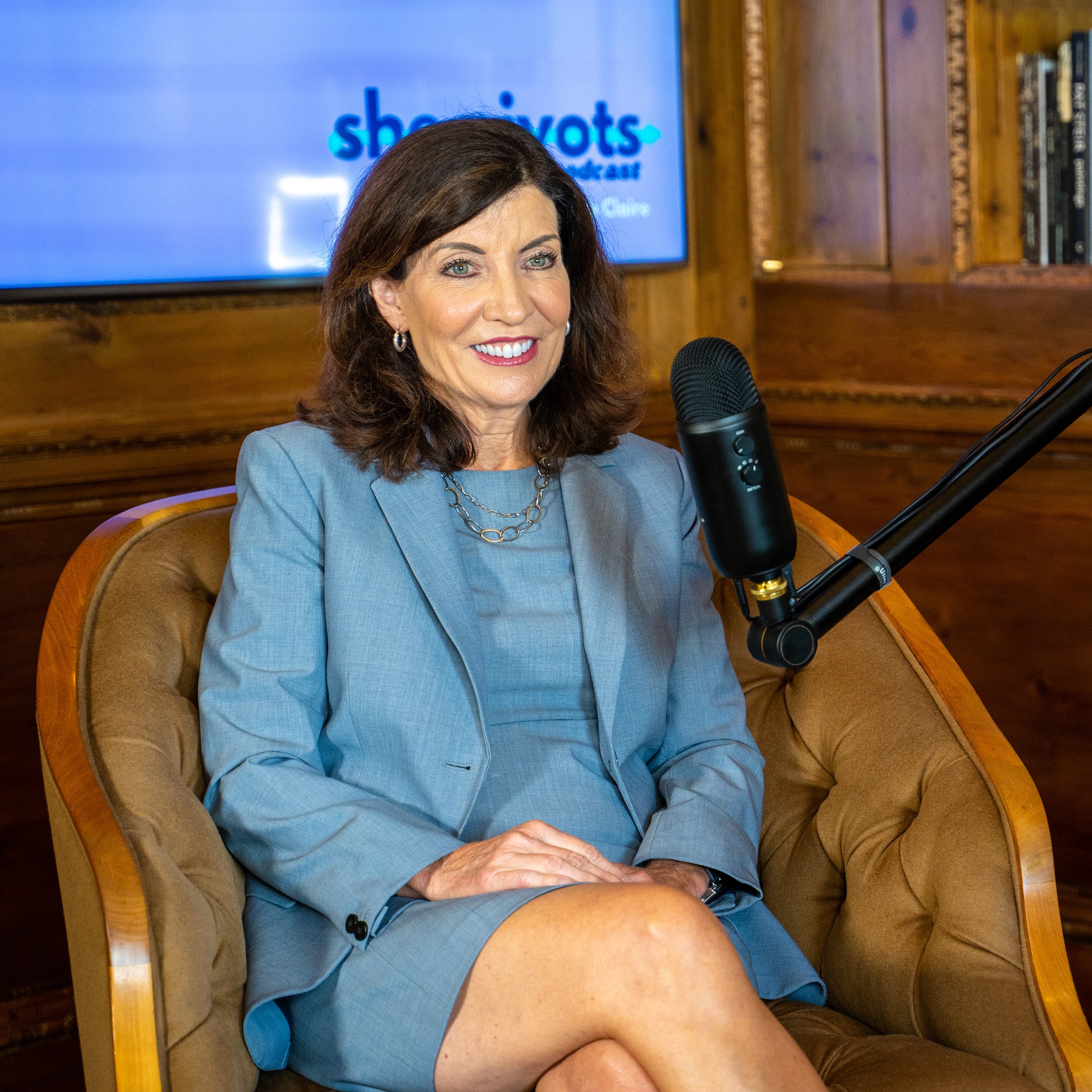 How New York's First Female Governor Plans to Fight for Women If Reelected
How New York's First Female Governor Plans to Fight for Women If ReelectedKathy Hochul twice came to power because men resigned amid sexual harassment scandals. Here, how she's leading differently.
By Emily Tisch Sussman
-
 Why the 2022 Midterm Elections Are So Critical
Why the 2022 Midterm Elections Are So CriticalAs we blaze through a highly charged midterm election season, Swing Left Executive Director Yasmin Radjy highlights rising stars who are fighting for women’s rights.
By Tanya Benedicto Klich
-
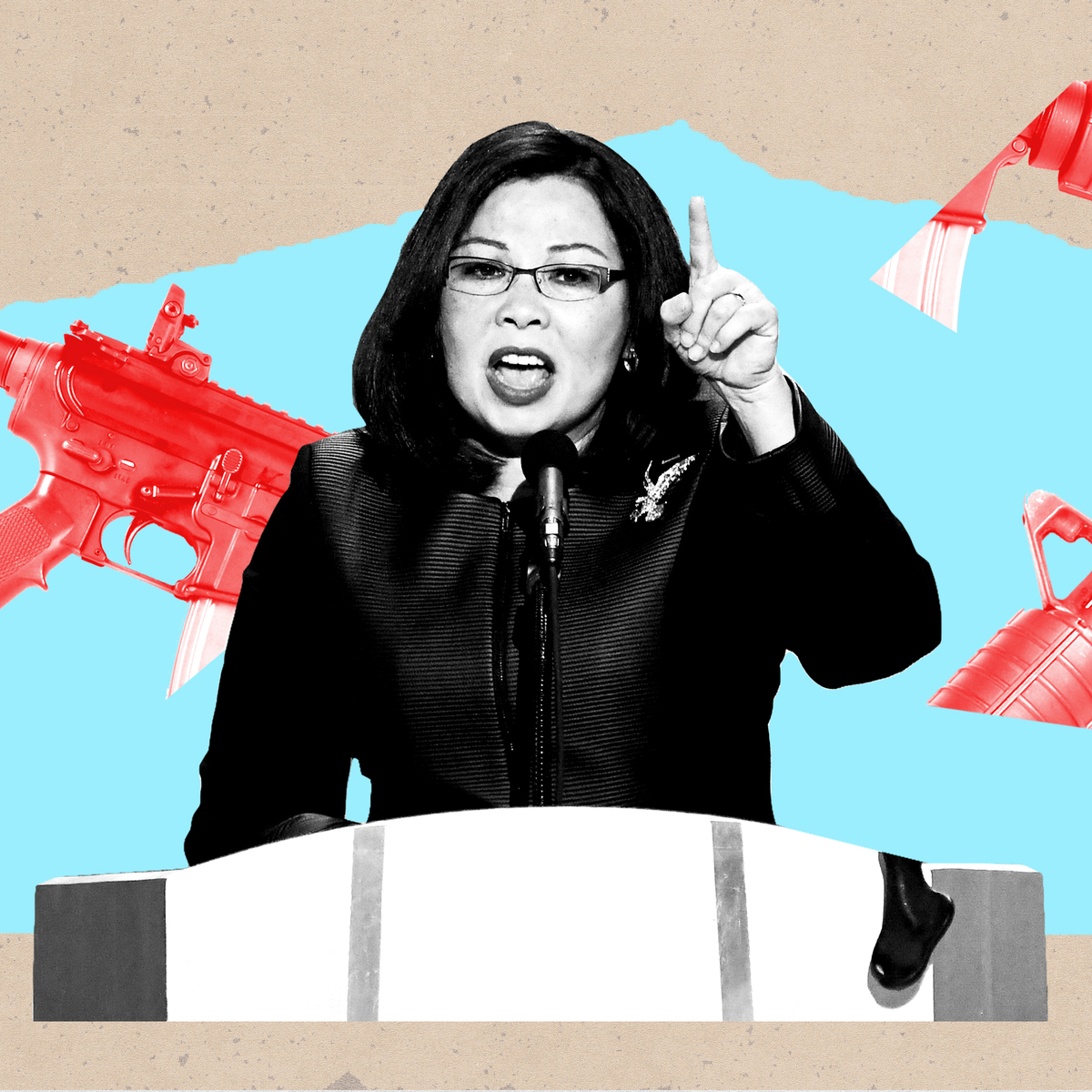 Tammy Duckworth: 'I’m Mad as Hell' About the Lack of Federal Action on Gun Safety
Tammy Duckworth: 'I’m Mad as Hell' About the Lack of Federal Action on Gun SafetyThe Illinois Senator won't let the memory of the Highland Park shooting just fade away.
By Sen. Tammy Duckworth
-
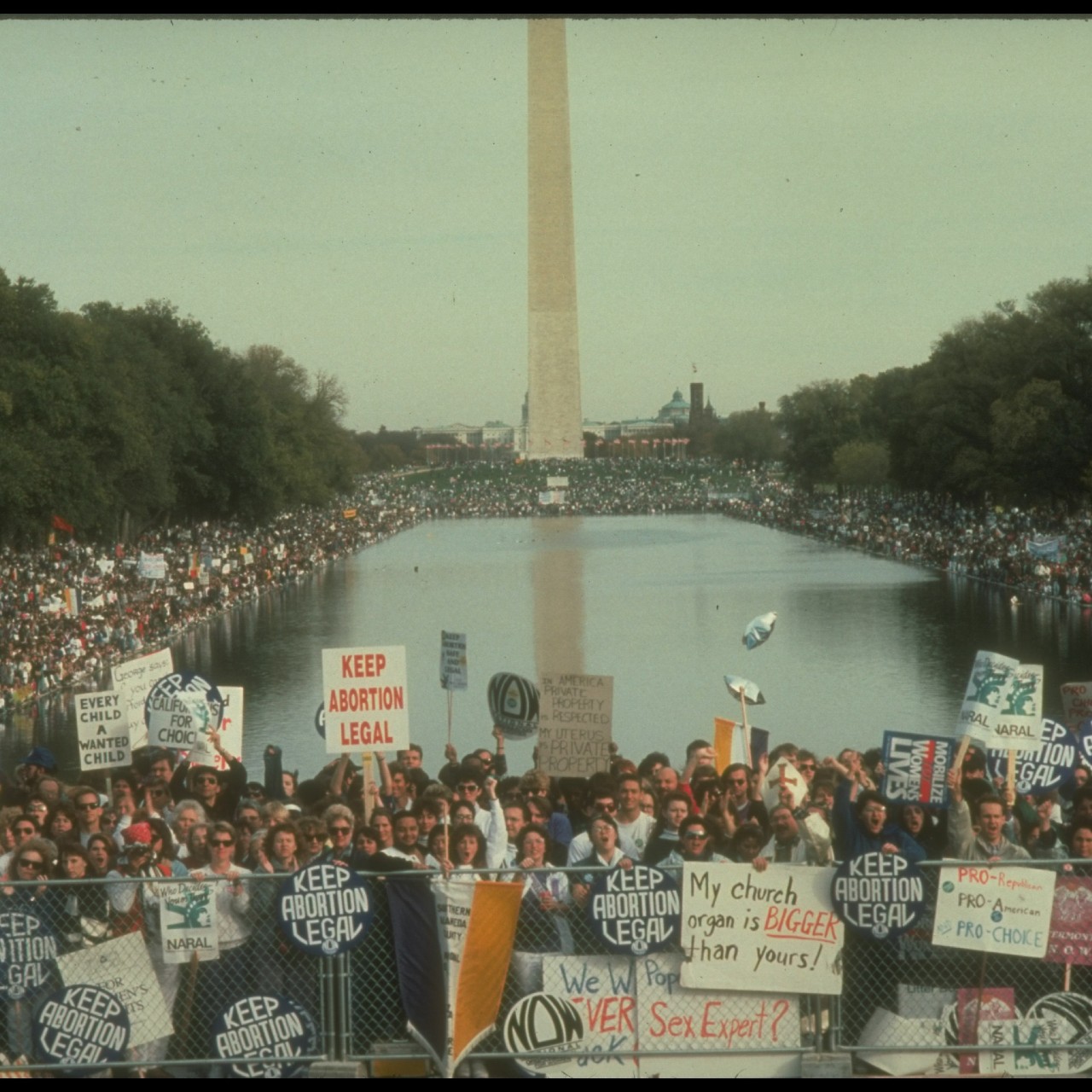 Roe Is Gone. We Have to Keep Fighting.
Roe Is Gone. We Have to Keep Fighting.How To Democracy always offers a path forward even when we feel thrust into the past.
By Beth Silvers and Sarah Stewart Holland, hosts of Pantsuit Politics Podcast
-
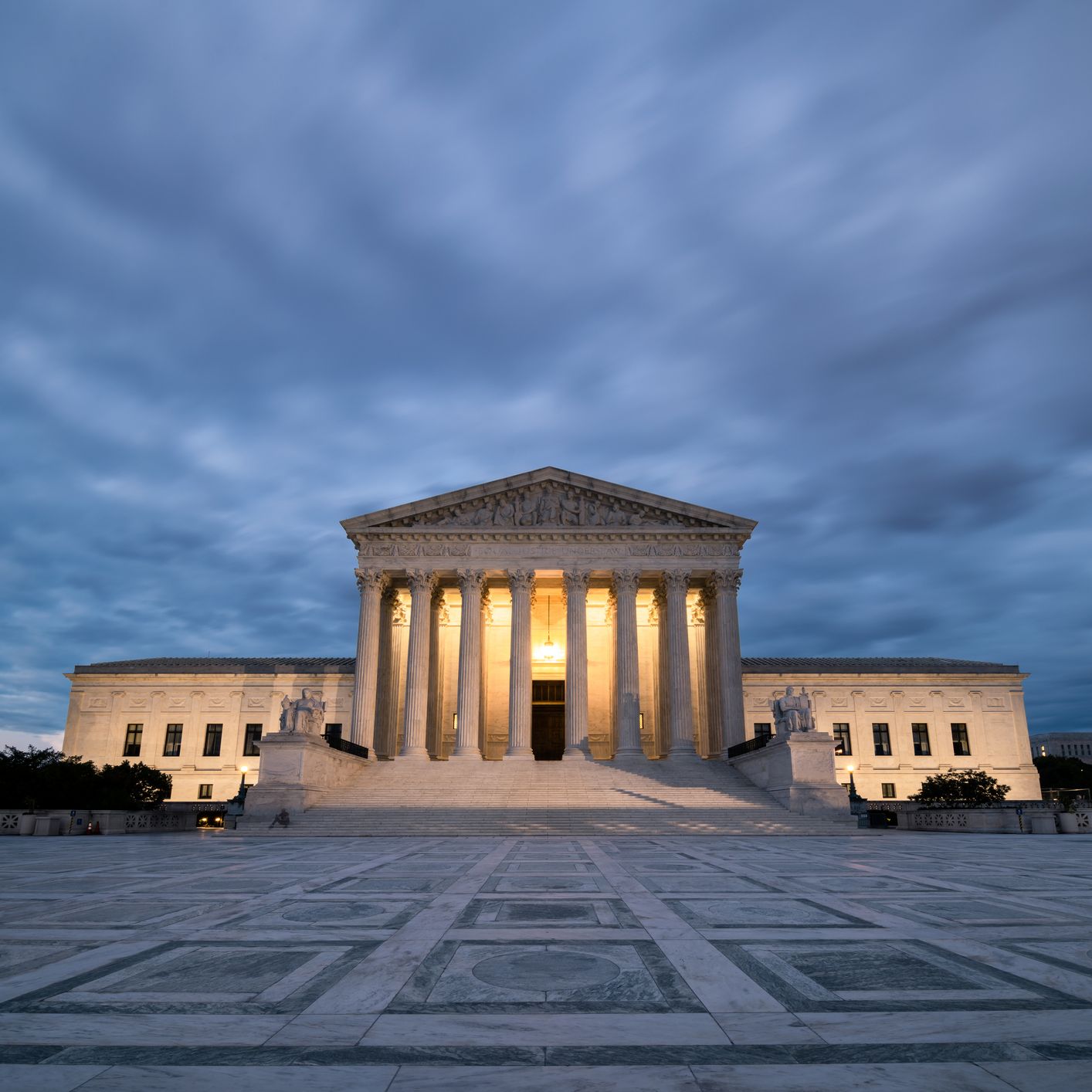 The Supreme Court's Mississippi Abortion Rights Case: What to Know
The Supreme Court's Mississippi Abortion Rights Case: What to KnowThe case could threaten Roe v. Wade.
By Megan DiTrolio
-
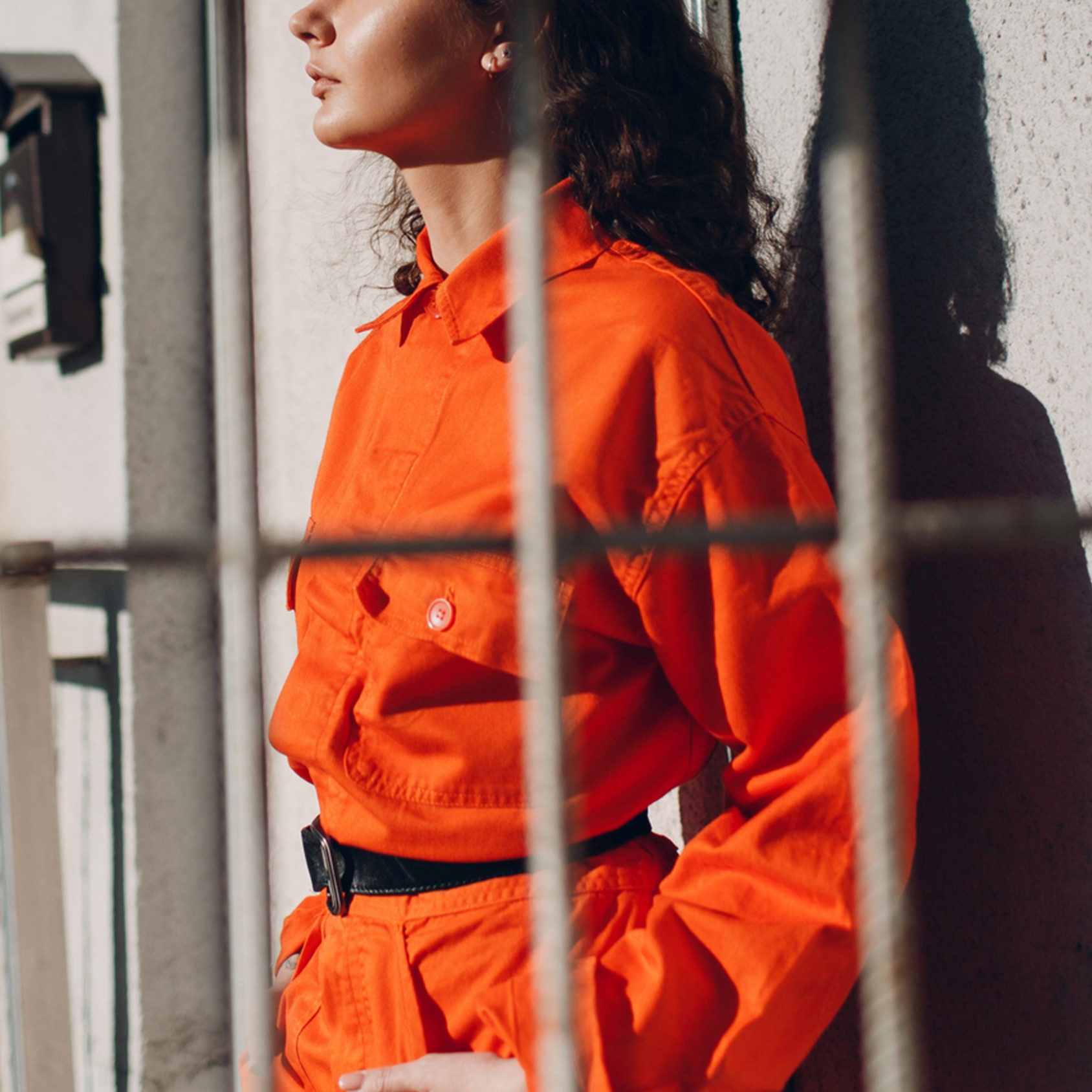 Sex Trafficking Victims Are Being Punished. A New Law Could Change That.
Sex Trafficking Victims Are Being Punished. A New Law Could Change That.Victims of sexual abuse are quietly criminalized. Sara's Law protects kids that fight back.
By Dr. Devin J. Buckley and Erin Regan
-
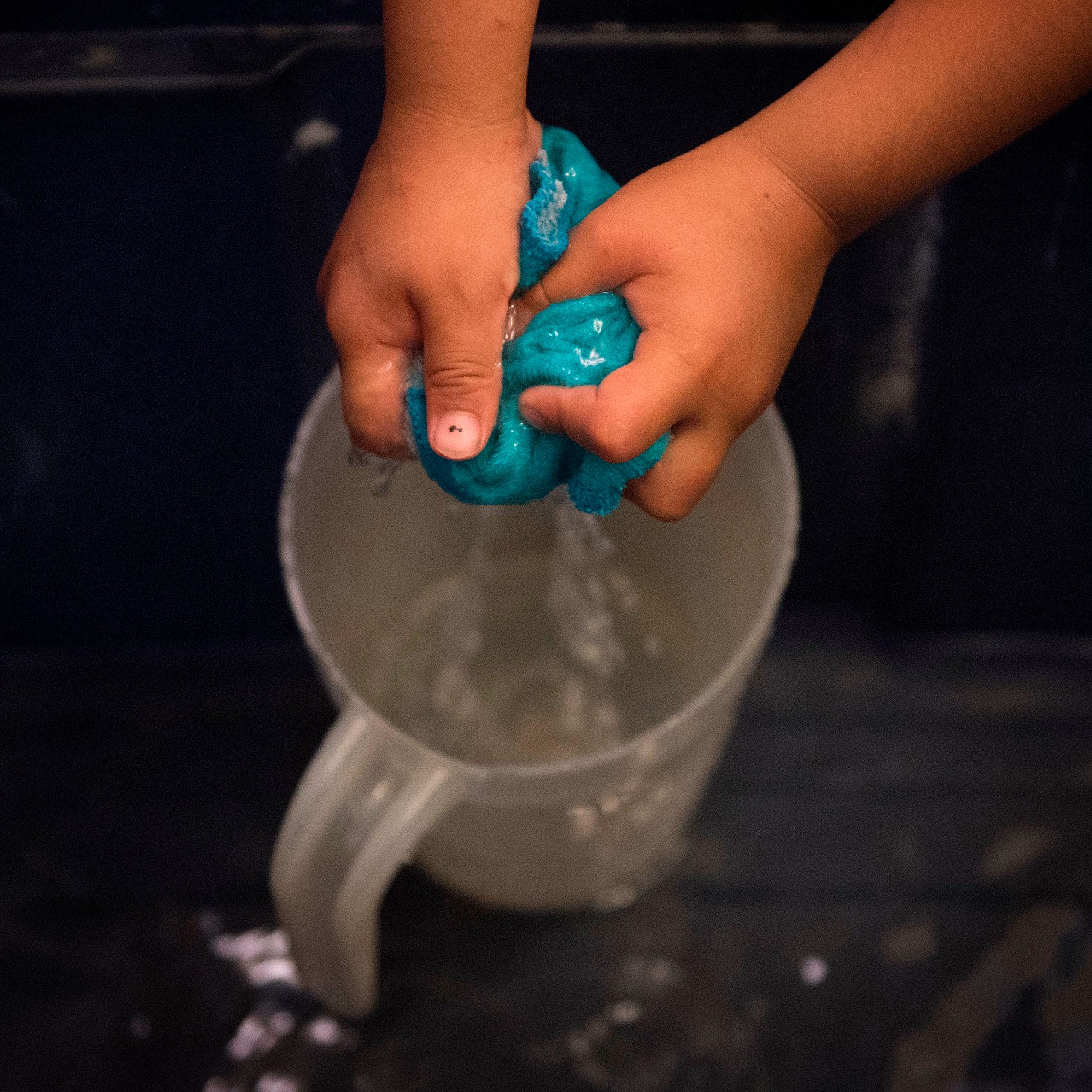 My Family and I Live in Navajo Nation. We Don't Have Access to Clean Running Water
My Family and I Live in Navajo Nation. We Don't Have Access to Clean Running Water"They say that the United States is one of the wealthiest countries in the world. Why are citizens still living with no access to clean water?"
By Amanda L. As Told To Rachel Epstein